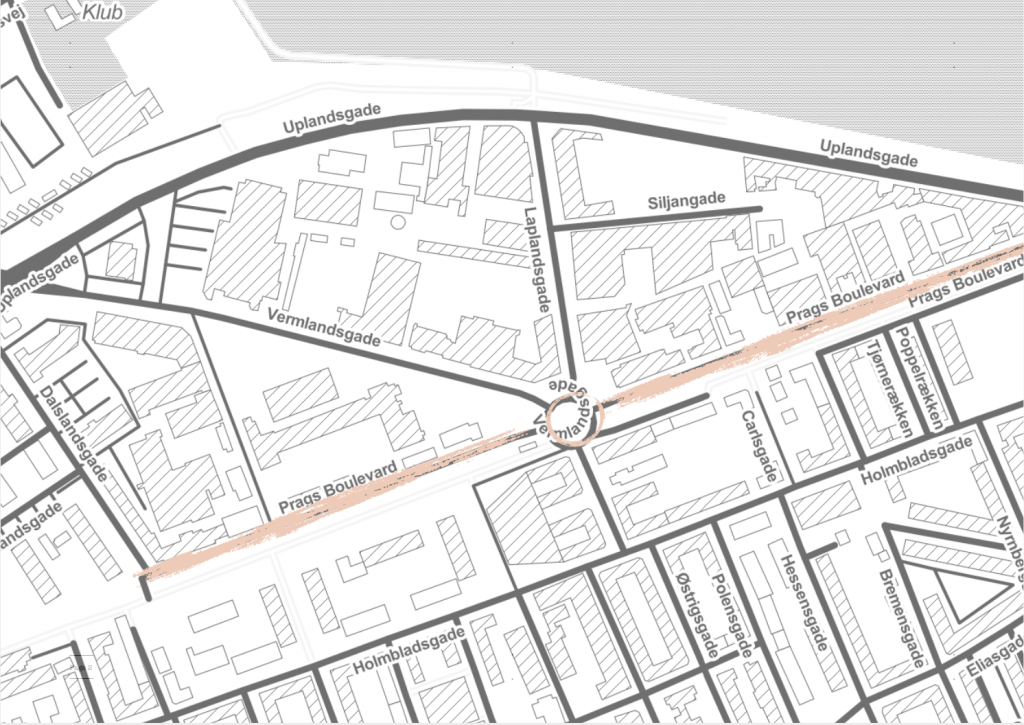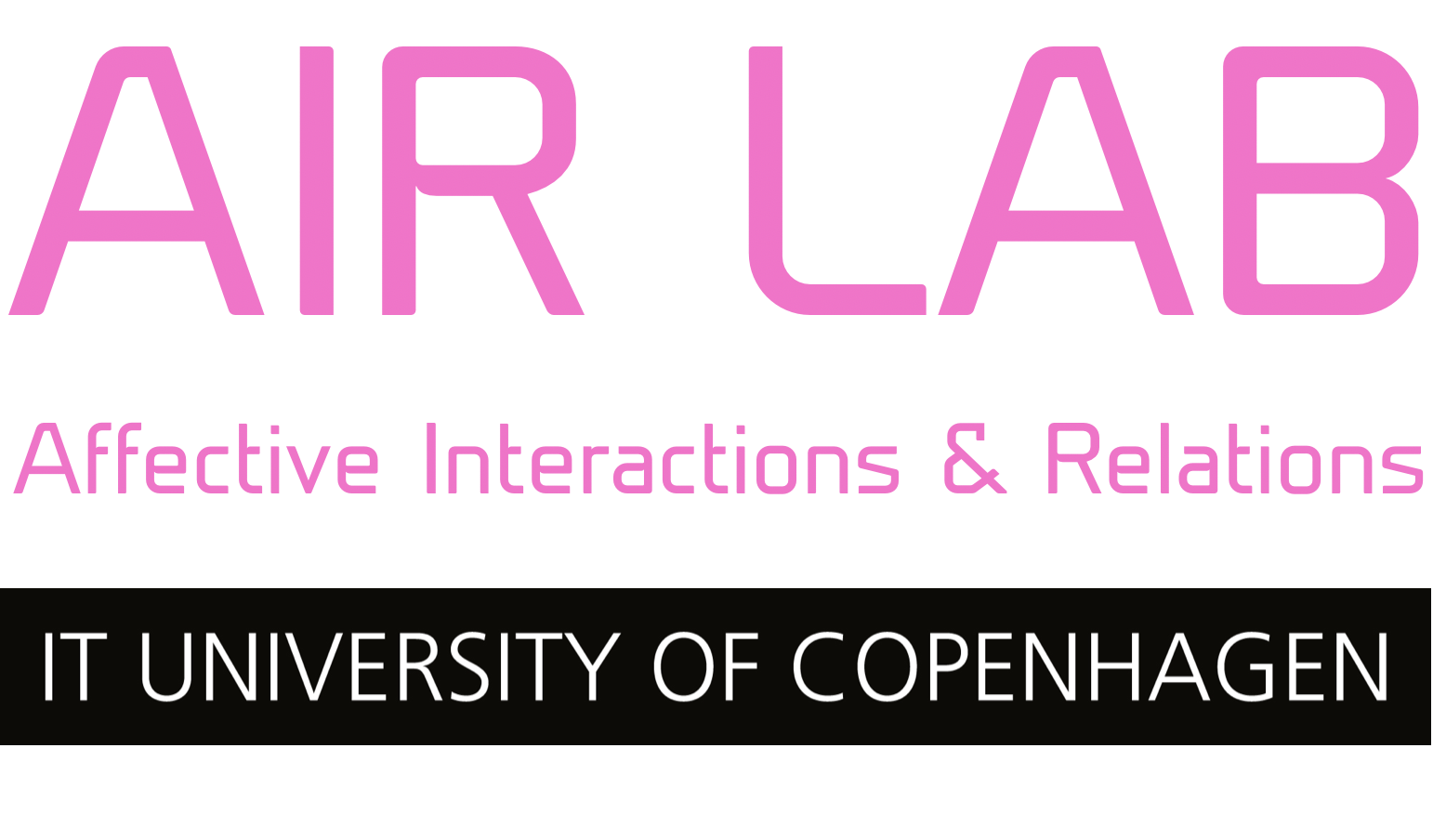Urban nature is all around us, entangled in all aspects of our human life. Nevertheless, people don’t seem to notice it, leaving it to be considered as something unvalued and unnoticed. We have found this to be rooted within an ubiquitous anthropocentric mindset flourishing within the human race. We have explored ways to ‘stay with the trouble’, through design to cultivate new ways of commoning in urban nature. To do so we have collaborated with Growing Pathway; an urban planning organization to rediscover the affective socio-natural relationship between urban nature and human beings. Within the field of interaction design, we have developed a sonic design intervention inspired by a critical feminist approach to design by telling the story of the neglected natural matters of urban spaces. To this extent our theoretical inspiration is built upon Donna Haraway, Neera Singh and Jane Bennett’s comprehensive contributions within the field of Critical Feminism, Commons and Affect and Emma Marris’ contribution to the domain of urban nature.
Inspired by Sarah Pinks, Stephanie Springgay and Sarah Truman’s contribution to the field of embodied design practice, we have used Sense-ethnography and Walking Methodologies as methodology to engage in seven Walkshops with selected respondents. We use portable digital technologies such as smart phones, heart rate sensors and Galvanic Skin Response sensors (GSR) as an alternative inquiry into the respondents’ perception. We find that the respondents are neglecting the value of urban nature because they, for one, consider nature to be the wildly untamed David Attenborough tales of the Amazonas, or consider the purpose of urban nature to be solely domestication by human beings. This led us to explore how to cultivate new Commons through a sonic design intervention by making the respondents reconsider nature as an equal vibrant participant.

Using design as an explorative practice from where we as designers initiate a curious practice of ‘Staying with the Trouble through Design’, we sought to contribute to the field of Interaction Design as a means to bring forth new exploratory methods of designing for the neglected matters of urban spaces.
PROJECT MEMBERS
Julie Rode
Natasha Varney

